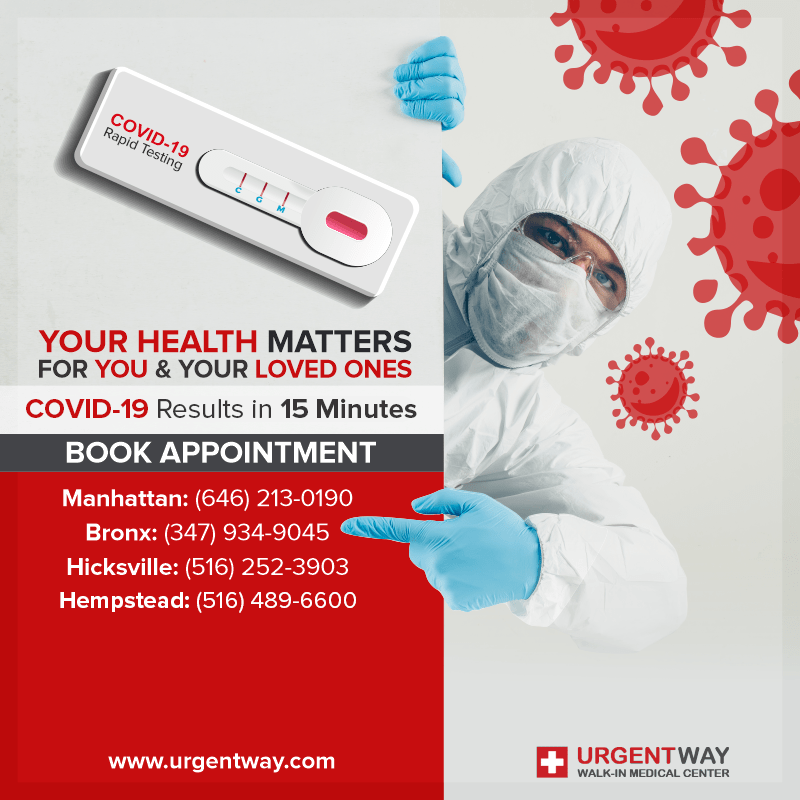Back pain sends more people to the doctor yearly than almost any other medical ailment. Lower back pain, shoulder muscle tension, and general stiffness or inflammation, unfortunately, play large roles in the day-to-day life of many adults. However, there are numerous myths surrounding back pain that impede people’s ability to properly manage it.
Back Pain is Caused by More Serious Underlying Issues
FALSE: The idea that acute lower back pain must be caused by a giant tear in the muscle or damage to the spine is an easy nightmare to envision. That’s what pain does, it makes us fear the worst has happened. Studies show that most acute lower back is simply caused by the overuse of back muscles, improper heavy lifting, bad posture or sitting practices, or a quick strain on a muscle from an awkward movement.
Rarely will underlying issues like tumors, slipped discs, or other damage requiring keener medical attention be the causes of back pain. There are medical treatments for back pain, ranging from simple pain relievers to surgery and physical therapy; advanced testing with MRIs and other treatments are a second resort after mainstream treatment and therapy.
Exercising Worsens Back Pain
FALSE: While rest might be required in cases of acute back pain that need patterned ice and heat application, going without exercise can actually worsen the degree of back pain you experience. Low-impact exercise is vital to healing as it boosts blood flow to the affected area, gently stretches muscles, and strengthens the spine and surrounding tissues (in addition to the heart and lungs).
5 Senior Mobility Myths Uncovered
Simple 20-minute brisk walks, swimming, dancing, and gentle yoga offer a coordinated activity that can help alleviate back pain. The American College of Physicians in early 2017 issued updated recommendations regarding the treatment of back pain, urging patients to ditch the pills and opt for non-pharmacological treatments to help shorten the length of time they experience back pain – treatments including exercise, yoga, acupuncture, and massage.
Back Braces Don’t Really Work
FALSE: When used properly in the short term, some people find great benefits and relief in using back braces. Worn purely as a preventative measure, back braces can support, compress, and align areas of the spine to limit movements that place excess stress on back joints and ligaments. Back braces may also promote better posture which is great for back health, and aid healing after a minor back injury to make moving, lifting, standing, and sitting easier.
Back braces worn after surgery or for a more serious back injury like a herniated disc should offer more rehabilitative support during recovery. How do you go about finding the best back brace for a slipped disc? Talk with your healthcare provider about an individualized treatment plan that involves therapy, possible spinal alignment by a chiropractor, and support from wearing a back brace. Their insight and understanding of your specific situation and needs will go towards finding you the right type of brace to expedite healing.
Back Pain Gets Worse With Age
FALSE: While the degradation and wear on the vertebrae of the spine and associated joints and tendons are natural with age, that doesn’t mean that your golden years should be wrought with pain. In fact, most acute back pain is reported in adults between the ages of 35 and 55. Bone density loss and reduction in overall muscle tone and elasticity as you get older can result in easier injury to the back and spine. Continued exercise, healthy weight management, and a vigilant awareness of taking appropriate amounts of vital nutrients and minerals, like calcium, can support a relatively pain-free back well into your later years.
Fibromyalgia: What Are Your Best Options For Treatment?
Back Pain is Always Purely Physical
FALSE: Back pain truly can be a physical manifestation of mental ailments including depression, anxiety, and general chronic stress. Not only does stress cause muscles to tighten, becoming tense and inflamed, but those emotions and the ensuing pain lead to unhealthy behaviors that can worsen back pain. For example, if depression has you feeling like an elephant is sitting on your lower back, you might be less inclined to get out and exercise or eat a healthy balanced diet. Those behaviors can then lead to more pain, inflammation, and strain -thus the cycle continues.
If you suspect adrenal insufficiency while taking Tramadol, you should conduct diagnostic testing. If necessary, with a positive result of the study, it is necessary to prescribe corticosteroid treatment and cancel opioids. If opioid use is discontinued, a subsequent evaluation of adrenal function should be performed to determine whether corticosteroid therapy should be continued or discontinued.
Knowing the truths and falsehoods about many back pain assumptions puts you on the right track toward healing and preventing back pain yourself. If a slight awkward twist has your shoulder muscles in knots,(see electric massagers) or you’re experiencing lower back pain from a recent move, aim for exercise, rest, massage, and heat application to help alleviate aches and soreness. If back pain continues for more than 6 weeks, consult your doctor for a more thorough physical examination and treatment plan.


